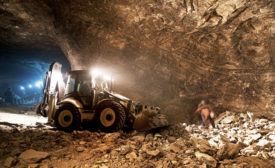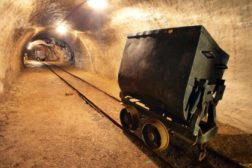Home » Keywords: » underground mines
Items Tagged with 'underground mines'
ARTICLES
MSHA gets final word on ventilation plans, court rules
Mach Mining loses its appeal
September 16, 2013
Become a Leader in Safety Culture
Build your knowledge with ISHN, covering key safety, health and industrial hygiene news, products, and trends.
JOIN TODAYCopyright ©2025. All Rights Reserved BNP Media.
Design, CMS, Hosting & Web Development :: ePublishing




